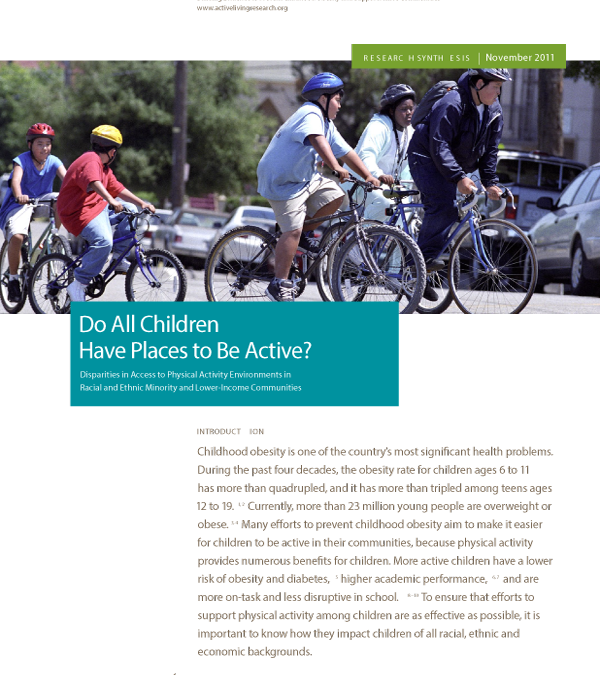
Oct 15, 2021
Many efforts to prevent childhood obesity aim to make it easier for children to be active in their communities, because physical activity provides numerous benefits for children. More active children have a lower risk of obesity and diabetes, higher academic performance and are more on-task and less disruptive in school. To ensure that efforts to support physical activity among children are as effective as possible, it is important to know how they impact children of all racial, ethnic and economic backgrounds.
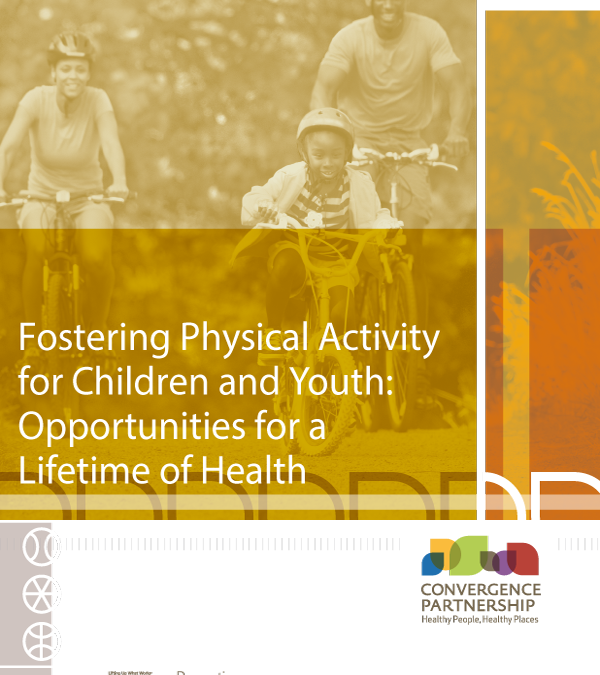
Oct 15, 2021
Because children experience opportunities or barriers daily in home, school, and community environments that either promote or inhibit physical activity, this report highlights targeted strategies that can help children achieve the recommended levels of physical activity. It simultaneously promotes healthier environments and behaviors that make physical activity the norm.

Oct 15, 2021
Healthy Community Design Checklist
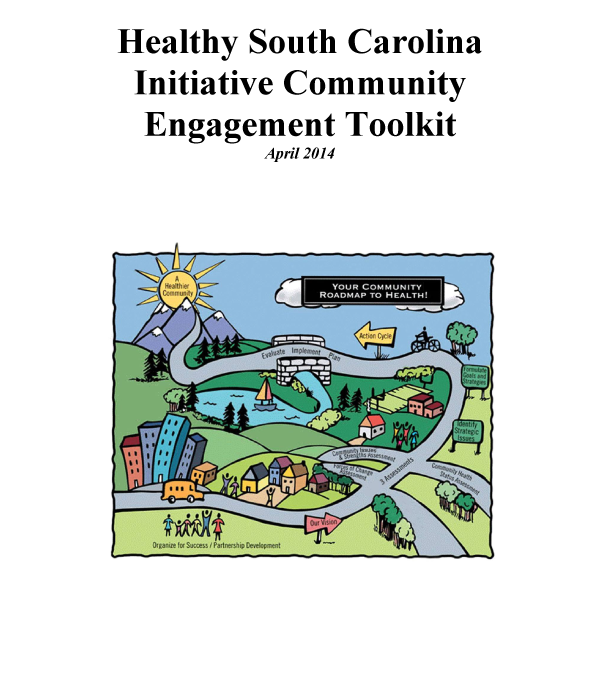
Oct 15, 2021
The Healthy South Carolina Initiative Community Engagement Toolkit provides guidance on the community engagement process. HSCI has outlined a process based on models that utilize strategic approaches to community health improvement. An effective process improves health and quality of life through community-wide and community-driven strategic planning.
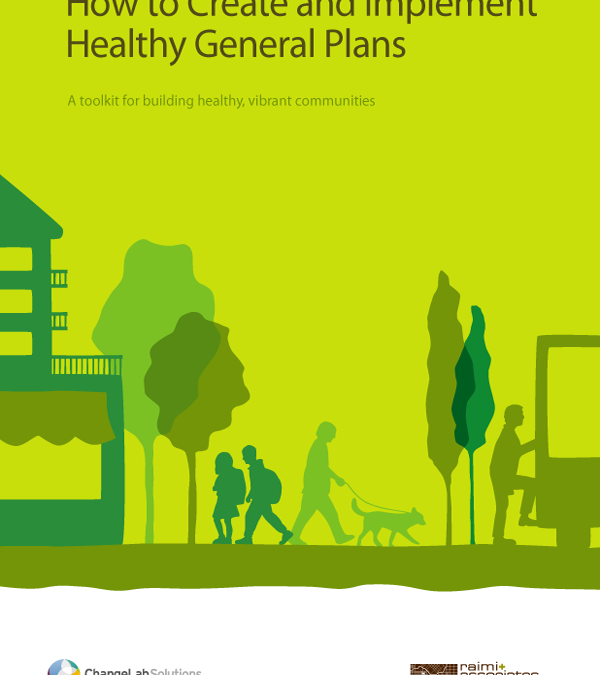
Oct 15, 2021
How to Create and Implement Healthy General Plans

Oct 15, 2021
Increasing Physical Activity Through Community Design A Guide for Public Health Practitioners and Livable Community Advocates

Oct 15, 2021
Live Healthy South Carolina: Collaborative Health Improvement Toolkit
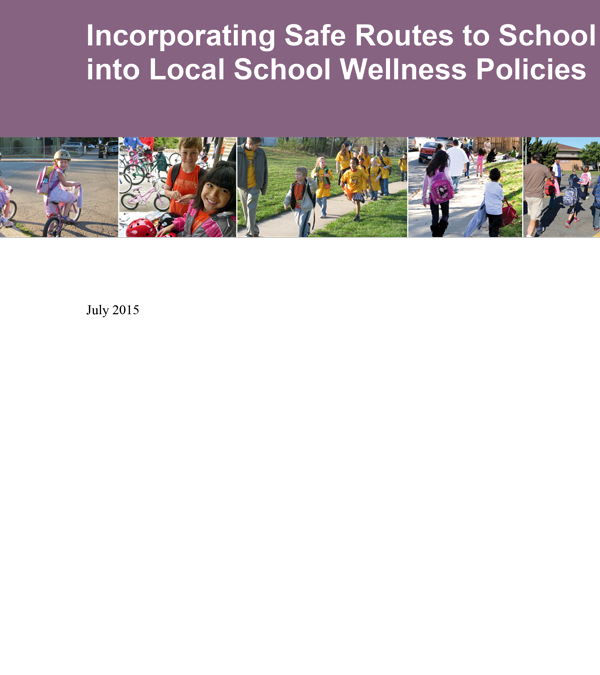
Oct 15, 2021
Incorporating Safe Routes to School into Local School Wellness Policies
Oct 15, 2021
Rural Communities: Making Safe Routes Work








